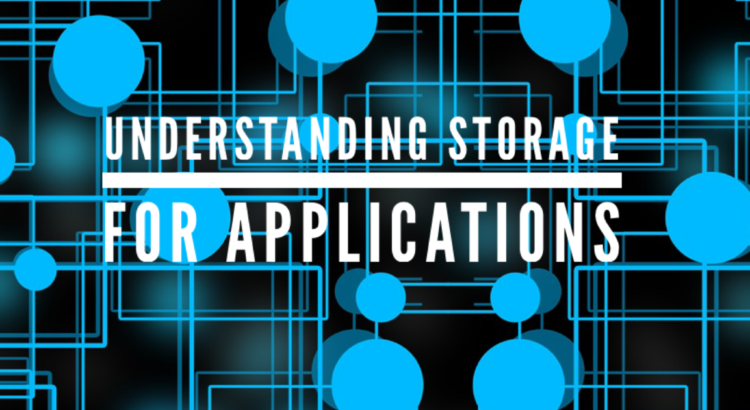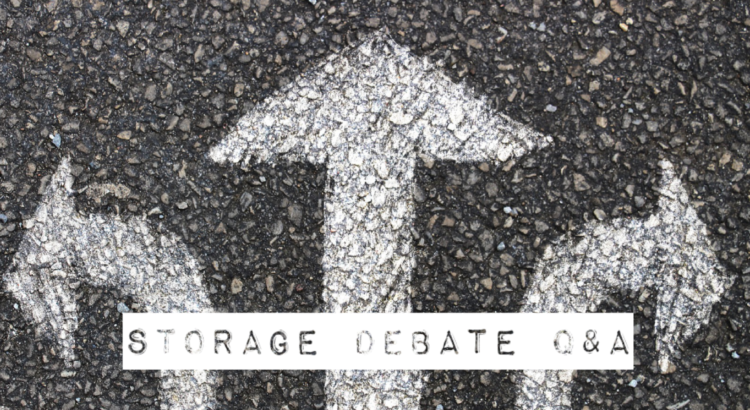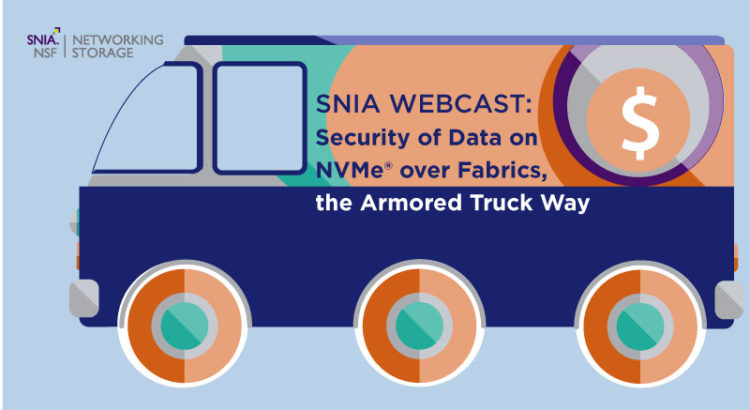- Pros and cons of dedicated
accelerator chips versus running everything on the CPU
- xPU use cases across hybrid, multi-cloud and edge environments
- Cost and power considerations

A Deep Dive on xPU Deployment and Solutions
A Deep Dive on xPU
Deployment and Solutions
Our first and second
webcasts in this xPU webcast series explained what xPUs are, how they work, and
what they can do. If by you missed them, they are available to watch here in
the SNIA
Educational Library. On August 24, 2022, the SNIA
Networking Storage Forum will host the third webcast in this
series, “xPU
Deployment and Solutions Deep Dive,” where our xPU
experts will explain next steps for deployments, discussing:
When to Deploy:








